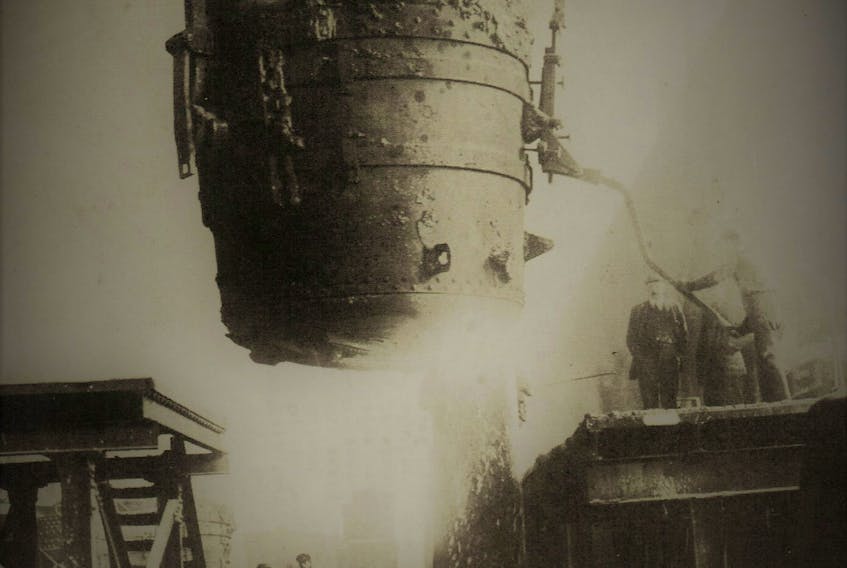PICTOU COUNTY
John Ashton loves to trek deep into the woods in Pictou County along rivers and streams. It’s there he finds the remnants of Pictou County’s industrial past – woollen mills, furniture factories and so much more.
On Nov. 5, Ashton will be sharing a bit about that history as he speaks about Pictou County’s role during the industrial revolution at the Maritime Museum of the Atlantic, 1675 Water St., Halifax, at 7:30 p.m.
With Pictou County often referred to as the industrial centre of Nova Scotia, Ashton has plenty to talk about during his presentation.
One interesting story he hopes to share is how the French had a forge on what now known as Big Island during the 1730s and 1740s.
At the time, the French people at Big Island were working with Louisburg and were cutting a lot of oak trees used in ships and masts. Excavation on the island has found there was also a forge back then and items such as tongs and material that would have been used by a blacksmith have been unearthed.
“That's probably the first reference to some sort of iron making or forging in Pictou County,” he said.
From the time of the early settlers, though, there were blacksmiths and farriers that worked at each of the villages in Pictou County to supply horseshoes as well as the basic need of metal in those communities.
A key figure in Pictou County’s industrial heritage is Roderick (Rory) MacKay, who travelled to Pictou on the Ship Hector in 1773. He was a blacksmith and, after arriving, moved to Halifax, where he built a chain that crossed the Halifax Harbour to protect it. He later returned to Pictou County and passed the trade on to his son, who in turn, passed it on to his son, Forest MacKay, who started Hope Ironworks in 1872 in New Glasgow. The business later moved to Trenton, becoming the foundation of what was to become the Trenton Steel Works plant.
“It grew into a million-dollar industry,” Ashton said.
The effects would be felt across the nation.
“Trenton steelworks and the coal mines in Pictou County were a tremendous catalyst for growth, not only in Pictou County but Nova Scotia, too,” he said.
RELATED LINKS:
PASTIMES: Mi’kmaq presence in Pictou County 1398 -1800
John Ashton discusses the 82nd regiment
Pictou County historian sharing Mi’kmaq history during Pictou Landing presentation









